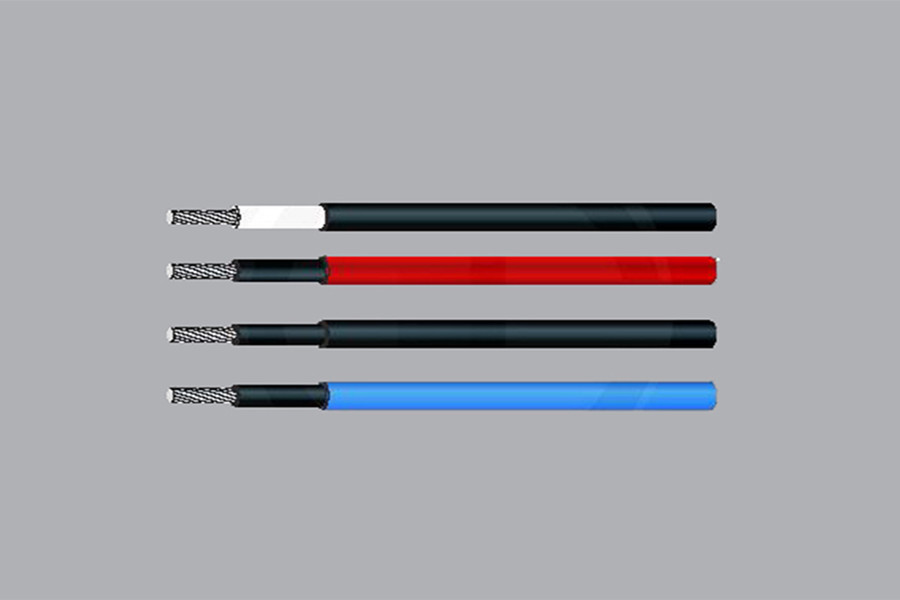
Photovoltaic cables are often exposed to sunlight, and solar systems are often used in harsh environmental conditions such as high temperatures and ultraviolet radiation. In Europe, sunny days will cause the solar system to have an on-site temperature of up to 100 °C. At present, we can use a variety of materials such as PVC, rubber, TPE and high quality cross-link materials.
But unfortunately, rubber cables with a rated temperature of 90 ° C, and even PVC cables with a rated temperature of 70 ° C are often used outdoors. At present, national engineering is frequently launched, and many contractors do not choose to save costs. Instead of a photovoltaic cable, a common PVC cable is used instead of a photovoltaic cable. Obviously, this will greatly affect the service life of the system.
The characteristics of photovoltaic cables are determined by their special insulating materials and sheathing materials for cables. We call them cross-linked PEs. After irradiation accelerator irradiation, the molecular structure of the cable material will change to provide its performance in every aspect. .
In fact, during installation and maintenance, the cables can be routed on the sharp edges of the roof structure while the cables are subjected to pressure, bending, tension, cross tensile loads and strong impact.
If the strength of the cable jacket is not sufficient, the cable insulation will be severely damaged, which will affect the service life of the entire cable or cause short circuit, fire and danger of personal injury.